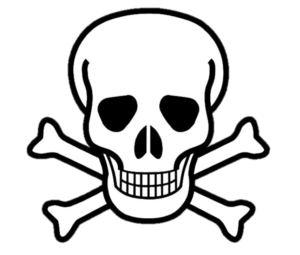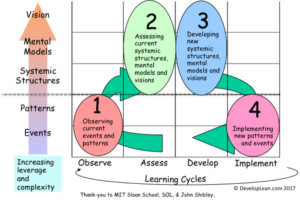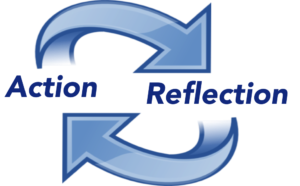What Van Halen can teach us about Visual Management

Visual Management is a critical component to Lean Product Development. When I visit organizations I often see teams standing in front of a display board discussing their projects the same way they would in a meeting room. It’s just that they are standing in front of a board. They completely miss the fundamental principle of Visual Management.
Research has identified 4 characteristics ever present in exceptional organizations. These 4 characteristics embody the very essence of Visual Management.
Exceptional organizations …
1. Create systems that show problems.
2. Quickly solve problems and improve the system.
3. Create and share learning.
4. Leadership takes responsibility for the system and developing the people.
In manufacturing, these principles are relatively easy to implement. When there are physical items moving along an assembly line, there are many ways to make issues visible. However, as the work becomes less tangible, like in product development, it becomes increasingly more difficult to highlight abnormalities and effectively address them.
Which brings us back to what Van Halen teaches us about Visual Management. The 1970’s witnessed the ascent of Van Halen’s stardom. As their popularity grew, so did their ability to make demands for their concerts. Documenting these demands in contracts, they specifically spelled out their promotors’ obligations. Easily lost among the finer points of Van Halen’s contracts was the seemingly insignificant demand for M&M candies back stage with the most unusual stipulation of no brown M&Ms. According to the contract, if any brown M&Ms were present, Van Halen could cancel the concert with the promotor bearing the full responsible of all costs. This meant that if just one brown M&M was found in the candy bowl, it could cost the organizer millions. At first glance this seems to be the pinnacle of Rockstar arrogance and excess. But understanding the meaning behind the demand highlights the brilliance and brings to light a completely different perspective of this demand.
Van Halen’s lead singer, David Lee Roth explains that the clause for ‘no brown M&Ms’ was simply their way of knowing whether the organizer had actually read the entire contract. These contracts had many critical stipulations which were nearly impossible to verify prior to a concert. Demanding something as trivial as having someone pick all of the brown M&Ms out of a candy dish was their signal that the promotor had read the entire contract giving the band confidence the more important aspects had been addressed.
Think about what the ‘Brown M&Ms’ signal – Where are the Brown M&Ms in your development system? To evaluate your Visual Management system, ask yourself some basic questions:
• Does my system clearly highlight abnormalities?
• Are there clearly defined ‘Help Chains’ in place to effectively resolve problems to maintain development cadence?
• Do problems lead to improving the system?
• Do we learn, and do we share our learning broadly, so lessons do not need to be learned again?
• Is my leadership engaged? Do they take responsibility for the system and development of people?
If you are interested to explore more Lean Product Development principles, down load ‘Lean Product Development in a Nutshell’ here: https://www.developlean.com/lean-product-development-in-a-nutshell/
… and in conclusion – Van Halen
Ladies & Gentleman - Stuart Van Halen of the #Minions will now perform #Eruption
Posted by Van Halen on Friday, July 10, 2015









